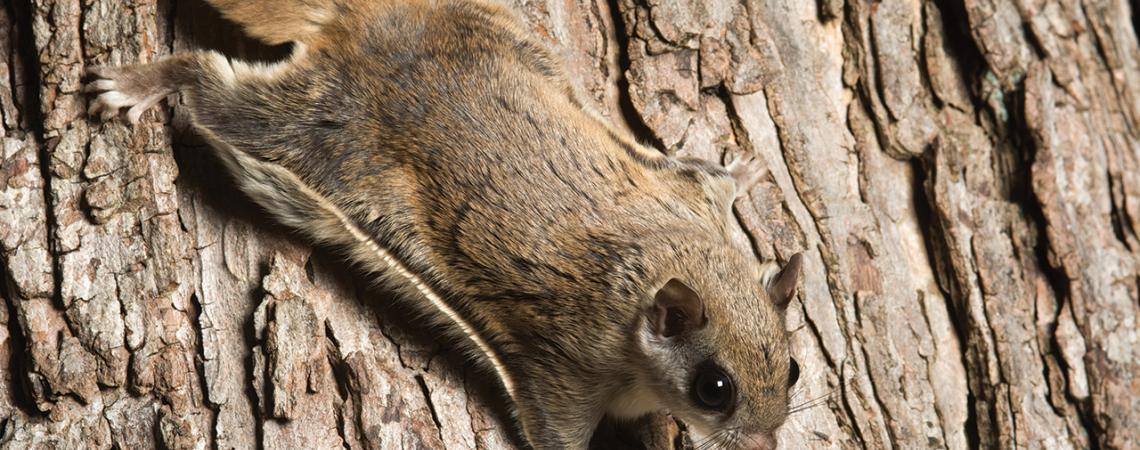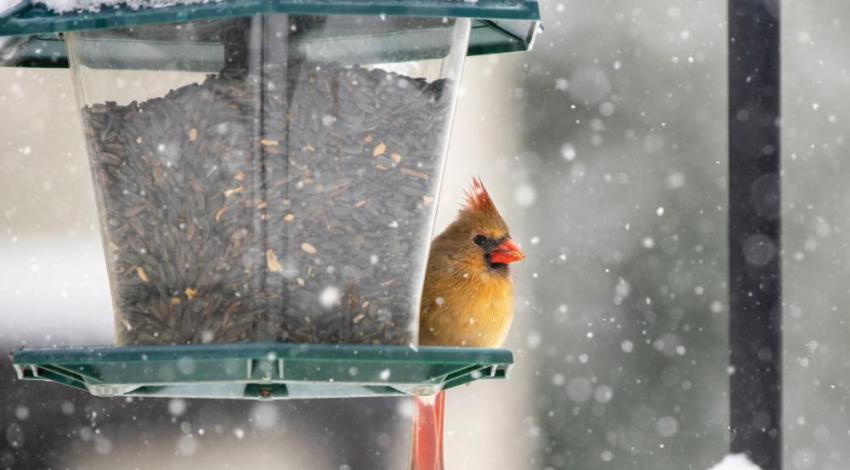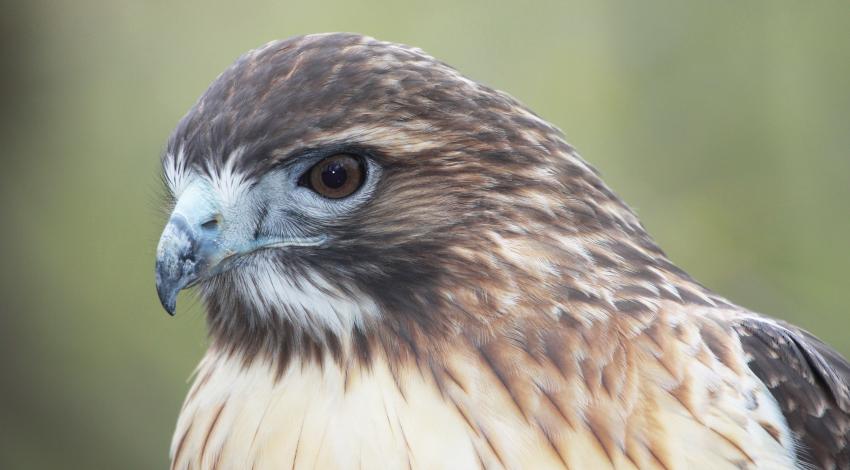The most common type of squirrel in Ohio is one most of its citizens have never seen. (Photo credit: Getty Images)
We’re accustomed to sharing our outdoors with gray squirrels and fox squirrels, but the most common type of squirrel in Ohio is one you’ve probably never seen — the southern flying squirrel. While other squirrels will boldly venture among humans, southern flying squirrels are both shy and nocturnal, making them difficult to spot.
Smaller than gray squirrels, with big, black eyes and a tail that’s flat and furry rather than bushy, the southern flying squirrel has a wide flap of skin from its wrist down to its ankle on each side.
These nighttime critters are awkward on the ground, making them vulnerable to predators, because that flap of skin is sort of like having ropes tied from their front to their hind feet.
However, once those squirrels are airborne (they actually glide rather than fly), their maneuverability is amazing, says Don Althoff, a professor of wildlife conservation at the University of Rio Grande. Althoff is doing a long-term research project looking at population trends of southern flying squirrels.
“I’ve seen these squirrels not only travel 50 yards in the air, sometimes without losing any altitude, but I’ve seen them take 90-degree turns between a set of trees, come up to that tree, and like a hovercraft, turn at a 90-degree angle and do the perfect landing on the tree,” Althoff says.
A couple of times a week in winter, in the snow and ice, Althoff and a cluster of students from the University of Rio Grande and Hocking College trek through the Hocking County hills to check southern flying squirrel nest boxes. They check each of 14 box sites every winter — about 340 boxes in all. The students eagerly volunteer to participate in the project.
“Every box has always had some use within a year,” Althoff says. “The squirrels may not nest in it, but they’ll turn it into a cafeteria. They’ll eat nuts and leave the shells there. Once in a while they may use it as a latrine, but most of the time, it is either as a nesting box, rest site, or as a place to feed. I find very few uncut, unopened acorns or hickory nuts.”
Althoff and the students record what they find inside. If it’s a squirrel — or maybe as many as seven to 10 — they ear-tag it and determine its sex and weight. When the critter is released, it zips away to find a tree to climb.
“Flying squirrels want to go up,” Althoff says. “If you put them on the ground, they are looking for the highest spot to launch from.”
Flying squirrels will eat almost anything, but their favorite is hickory nuts — they nibble a hole through the shell to get to the nutmeat. They also eat acorns, buckeyes, and walnuts. When available, buds, insects, mushrooms, and eggs are on the menu. If you’d like to feed a flying squirrel, stash some treats up in the branches of a tree, since they won’t venture down on the ground unless they have to.
Celeste Baumgartner is a freelance writer from Cincinnati.









